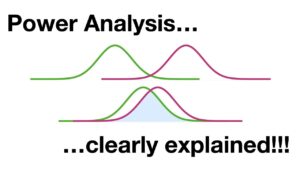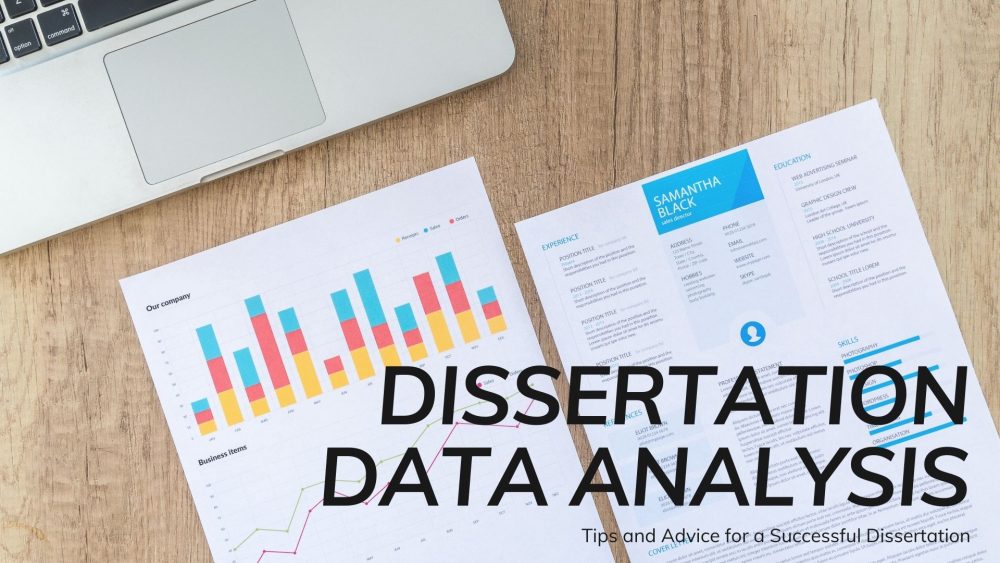A Guide to Power Analysis
Power analysis is a valuable tool for identifying where power is concentrated within a community. While the process can sometimes be complex, researchers need to conduct a thorough analysis to gain meaningful insights. If you find yourself struggling with this aspect of your study, our company can assist you in determining the appropriate sample size for your dissertation questionnaire. Our team includes expert statisticians skilled in selecting the right statistical tests, conducting data analysis, and calculating sample sizes for undergraduate, master’s, and doctoral research projects. A power analysis is done to ensure the number of participants used in a study is correct. However, you first need to select the most appropriate statistical test before you perform a power analysis.
 Therefore, you need to find an experienced statistician to formulate a relevant research question, and hypothesis and choose a suitable statistical test. Our company has statisticians who can help you determine your study sample size and conduct a power analysis for you. Our website has provided information to guide you through understating, performing, and reporting power analysis. Get a free quote today for power analysis services by filling out the order form on our webpage. We guarantee the best services and high customer satisfaction since we have been in operation for years.
Therefore, you need to find an experienced statistician to formulate a relevant research question, and hypothesis and choose a suitable statistical test. Our company has statisticians who can help you determine your study sample size and conduct a power analysis for you. Our website has provided information to guide you through understating, performing, and reporting power analysis. Get a free quote today for power analysis services by filling out the order form on our webpage. We guarantee the best services and high customer satisfaction since we have been in operation for years. Introduction to Power Analysis
The concept of power analysis can be well understood if you know the definitions of power, effect size, and p-value and their relationship. Effect size and p-values are the two measures used to report research results. An effect refers to the study results, that is, what you found from the research. For instance, if you were researching the score difference between two samples, the effect will be the difference found. An effect size is magnitude-based, and it measures the result’s strength. Effect size describes what was found in the sample investigated regardless of the subject number; thus, it does not depend on what size your sample is. P-value tells you the possibility that your research results are not by chance. Unlike effect size, it depends on the sample size. It is essential to report the p-values and effect size of your research and do a power analysis. Adequate power to find statistical significance through p-value for a given effect size reduces the chance of findings. It is crucial to funding the study, performing statistical analysis, and publishing results. However, pilot studies are an exception because they rely on the size of the sample.
Power Analysis Language
What is power analysis? Let us first define what power analysis is before we go into many details. Power analysis is a process whereby one of many statistical parameters can be calculated given other parameters. Given some expected power, effect size, and alpha, the needed sample size can be calculated through power analysis. Power analysis comprises four parameters, three of which should be known to the researcher to solve the fourth. The parameters are as follows:
- Alpha
- Probability of finding significance where none exists
- False positive
- Possibility of a Type 1 error
- Set to .05
Power Analysis Language
2. Power
- Probability of finding the true significance
- True positive
- Set to .80
- 1-beta, where beta refers to:
- Probability of not finding significance when it is there
- False negative
- Probability of Type two error
- N
- It is the sample size, mainly the parameter you need to calculate.
- Due to study constraints, it may be known and fixed
- Effect size
- The expected effect is ascertained from:
- Pilot research results
- Published findings from similar studies
- If not reported, it may be calculated from the study results
- It may need to be translated as design specific using rules of thumb
- Meaning effect field
- Educated guess. Usually based on field knowledge and informal observations
Points to Note When Conducting Power Analysis
The researcher should be concerned about the effect size and the sample size since power is usually set to .80 and alpha to .05. In most cases, an investigator intends to solve the sample size; thus, major work needed to do power analysis relates to determining the expected effect to be used in conducting power analysis. The most asked question by researchers is how to know the desired effect when they have not yet completed the study. Unless pilot data is available, knowing the expected effect is not possible. If a researcher does not have pilot data, they can do a literature search for similar studies to determine the desired effect. However, the search will be difficult because even though the studies may be similar, the study’s study design and purpose will not be identical. You should aim to get a realistic expectation of the effect you are likely to get and be sure it is valuable in your research field. If your research is unique, meaning there is no pilot data or similar studies, it is advisable to start with a pilot study. If it is not possible, you should base your expected effect on what you think is meaningful (small, medium, or large) or your knowledge of the field. You should remember that if you do not conduct pilot studies, potential funders will be hard on research that is not backed by existing literature or pilot studies. Therefore, this option should be our last resort.
Types Of power Analysis
Power analysis is classified into four, depending on the parameter you wish to solve. The types are:
- A priori: Compute N, given alpha, power, effect size
This is a type of power analysis done when designing the research. It gives the sample size needed to determine the effect level with inferential statistics, with p-values. A priori power analysis is done in all research proposals except pilot studies since funding companies want to avoid findings due to chances.
- Post-hoc: Compute power, given alpha, N, effect size
It is done at the end of a study since your expected effect, and the actual effect may differ. The power analysis tells if you had enough subjects to detect the true effect of inferential statistics.
- Criterion: Compute alpha, given power, effect size, N
Investigators rarely use this due to some reasons.
- Sensitivity: Compute effect size, given alpha, power, N
Power analysis type is used when the study constraints have predetermined the sample size. For example, it may be irrelevant to determine how many subjects you need for only twenty subjects. Instead, you should see the level of effect you could find with the samples you have. This is known as a minimal detectable effect (MDE).
The study design affects effect size interpretations and power calculations. It is necessary to understand that large, medium, or small effect size varies with the study design when reviewing published literature to determine the expected effect for their proposed research.
Conducting A Power Analysis
- The researcher needs to select the type of power analysis they will do, whether it is priori, post-hoc, criterion, or sensitivity.
- They should choose the expected research design such as t-test or ANOVA that reflects their hypotheses of interest.
- The researcher should select a power analysis tool that supports their study design.
- Give three of the four parameters, usually power=.80, alpha=.05, expected effect size supported by previous literature or pilot data.
- Solve for the unknown remaining parameter, the sample size.
Running Power Analysis
As the study progresses, a researcher may want to check the effect size to see if the expected effect is realistic in their research with its unique purpose and design. If the effect is too high or too low, the investigator will have to adjust recruitment accordingly and retain adequate power to demonstrate the effect inferentially. This can be done by running a power analysis. It is ethical to run a power analysis if it allows the researcher to prove a practical effect inferentially, and it can be included in the literature as a statistically significant and essential finding. It can be a waste of useful resources and time if the researcher wants to increase the sample size using running power analysis. A running power analysis supports a valuable effect with inferential statistics. A beneficial effect will be specific to the field of research and needs to consider risk, benefit, and cost.
Reporting A Power Analysis
Researchers usually conduct a power analysis for the central hypotheses of interest. In complex research plans, the researcher may be forced to perform separate power analyses for each hypothesis and choose the larger sample size as a basis of recruitment. Attrition and control for possible moderators are other considerations in conducting and reporting power analysis to estimate sample size. You should consider the expected moderators when choosing the research design in the power analysis tool. Although every research varies, writing a power analysis should not be a complex process. It is good to have one or two paragraphs outlining your research plans and address prospective contingencies for more variables and attritions. Most funders are usually interested in the feasibility of the study and a thorough study plan, which comprises a power analysis.
Why Get A Guide To Power Analysis Calculation Assistance From Us?
We can back up a guide to power analysis calculation with elaborate explanations from performed experiments. Our experts intend to calculate the power your experiment may have using the available data. Moreover, they will back the findings with graphical approaches. We have the resources to investigate your hypothesis and existing errors to check your research’s power. Conversely, we offer developmental editing services where needed and ensure your research is in line. Our statisticians have in-depth knowledge of the subject and can qualify or disqualify your research experiment and give credible advice on the aspects you should alter to get adequate experimental power. We also provide our customers with a step-by-step guide to help them understand the computations done.
We provide many services to help you with your power analysis that include: Fully ensuring the statistical relevancy of your study

